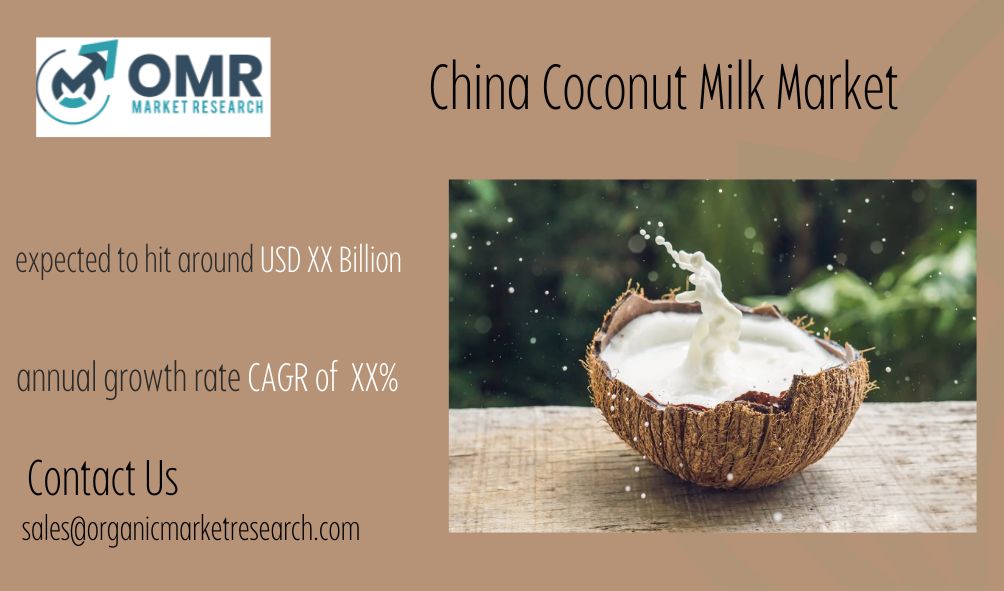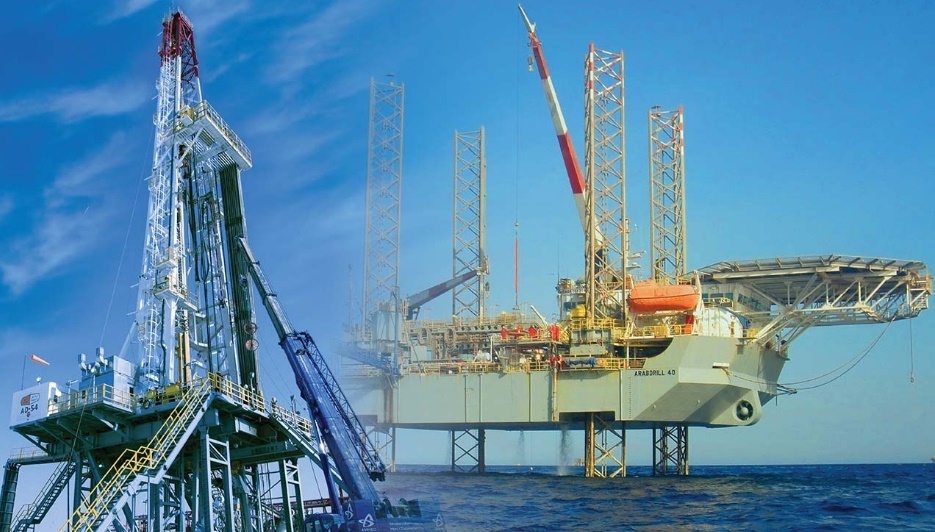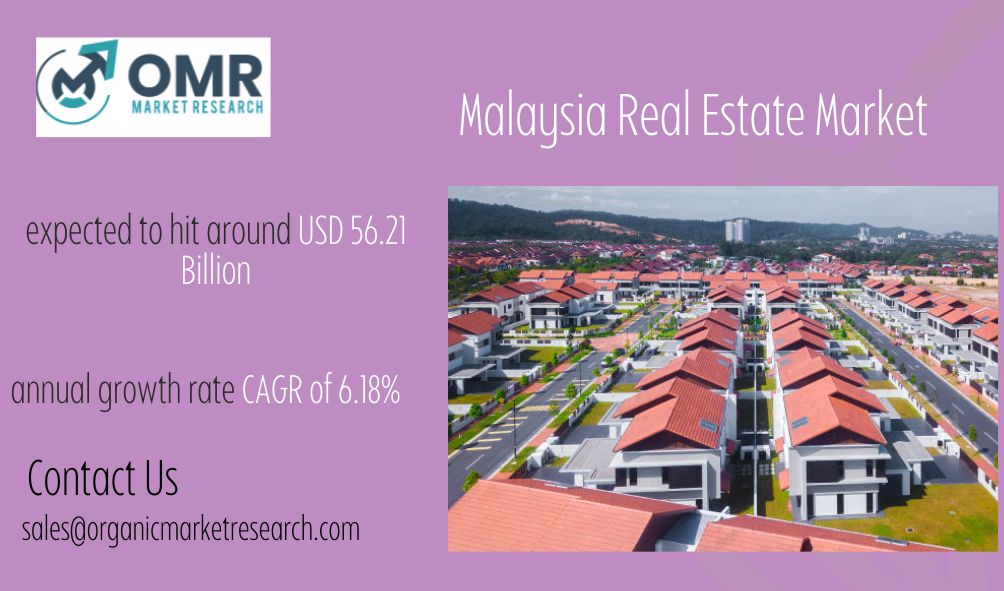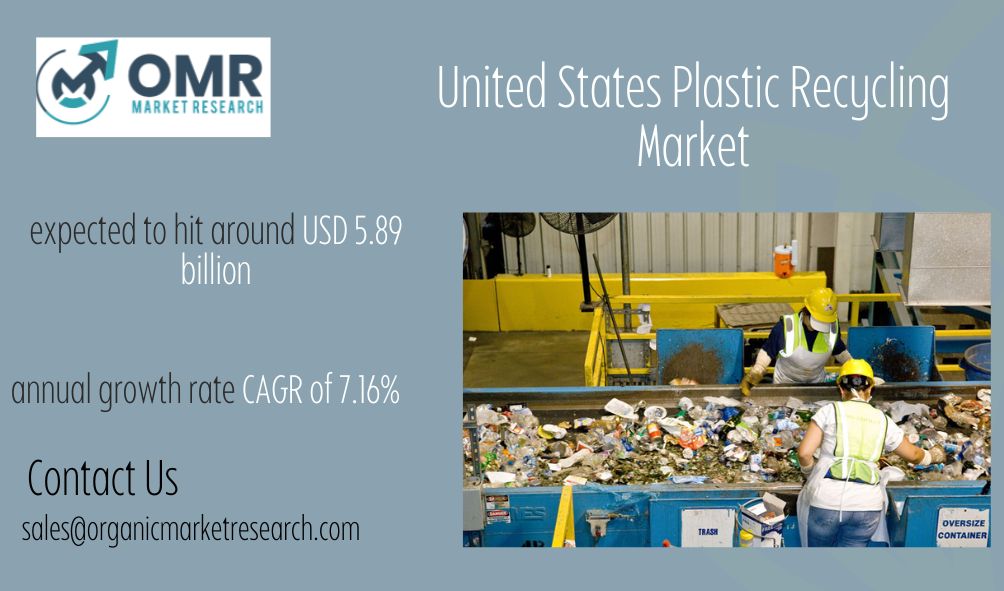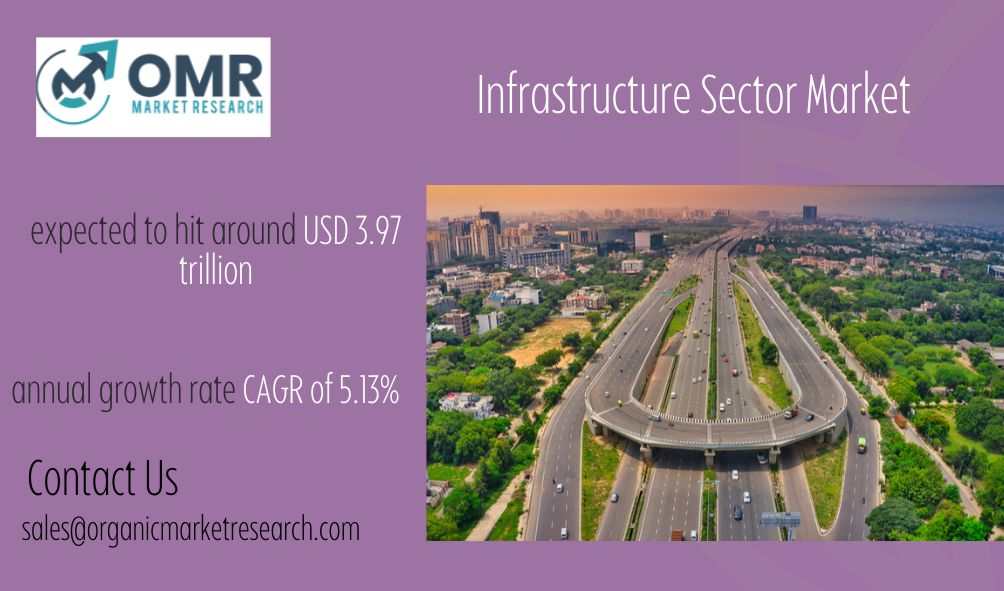Malaysia Real Estate market size was USD 32.78 billion in 2023 and the market is projected to touch USD 56.21 billion by 2032, at a CAGR of 6.18% during the forecast period. Real estate sector is an essential aspect of Malaysia’s economy. It contributes to economic growth, investment, job creation and other notable aspects. The real estate sector is a crucial part of Malaysia’s non-competitive and volatile informal sectors. The Malaysian real estate market covers various aspects of the selling and buying of houses, commercial real estates, lands, and property development. In the recent past, the Malaysian real estate has had some realized shifts depending on factors like economic, government demographic changes and the global real estate tendencies. It is evident that the ongoing real estate boom, particularly in Kuala Lumpur, where high –end condos are being sold, and some of the new best shopping malls are emerging. There has been an increase in population growth and infrastructural development, which may have contributed to the increase in construction of houses significantly on a monthly basis.
Populous urban and suburban area, for example, Kuala Lumpur and Penang showed an established increase in the price of residential properties. This has been attributed to the increase of the population in such cities; in fact, more build houses are still on the market to meet the demand. Office properties have still been a scare but goes ahead to show that the KLCC, a commercial property in the central business district is a hub for business operations.
Recent government endeavour on the National Housing Policy implementation and other foreign discount and incentives will bear fruit to the public attention and sustainability of growth to the real property market. Some challenges that lead to the fluctuation of these prices for areas such as average price are the historical data of the changes, the affordability of the houses over the new professionals, and which due to changes of the countries, people always prefer to start by renting before aspiring to own a house and the local governance laws in relation to their types of buildings trend.
Malaysia Real Estate report scope and segmentation.
Malaysia Real Estate dynamics
There are several factors that determine the real estate market dynamics in Malaysia. The first is, naturally, the condition of the economy: growth of GDP rates, level of employment, and wages. The stronger the economic growth, the higher the purchasing power will be, allowing for more investments in residential and commercial properties.
The second factor in the field is interest rates, as they influence the affordability of mortgage loans received for property acquisition. When interest rates are high, the returns from the investments in this field are low, and when the rates are low, investments are affected positively. This relates to the activity of the market, as high rates lead to the decrease in liquidity retention and readiness to invest.
The third factor in the field is government policies and regulations. This includes all sorts of stamp duties, taxes on property, or subsidies of housing for various social groups. Changes in these policies lead to the change in the market, and so does the change of regulations in zonality and development.
The fourth factor is the population situation and trends, such as its density and ratio of youth to elderly, anyway, leading to demand rising or falling. The capital city and, secondly, Penang, with many newcomers and foreign labour workers, keep growing in terms of demand for condos and offices. The so-called suburban or secondary locations grow and fade depending on accessibility and infrastructure development during this and the future year, and lifestyles.
Infrastructure Development
Building infrastructure in Malaysia is one of the country’s main challenges, its development pace has been accelerated recently. One of the most problematic issues in Malaysia is traffic jams across big cities. Multiple projects to build Mass Rapid Transit lines and develop all sorts of transport hubs in both the city center and its suburbs contribute to better connection and availability of different city districts which facilitates the use of surrounding areas and leads to new constructions. Investments in infrastructure development attract property investors who want to ensure that residential and commercial housing demand will be on the rise following the construction. It is especially relevant for such projects as the development of integrated transport hubs. Such drivers do not only lead to an increase in the areas’ value but also revive cities and bring foreign investment.
Foreign Investment
Malaysia’s favorable foreign investment policies, including the Malaysia My Second Home (MM2H) program and incentives for foreign direct investment (FDI), drive demand in the real estate market. Foreign investors seek attractive property prices, stable political climate, and potential capital appreciation. This influx of foreign capital supports the development of luxury residential projects, commercial properties, and hospitality sectors, contributing to market growth and diversification.
- Restraints:
Affordability Challenges
As property prices in urban LCD regions, such as Kuala Lumpur and Penang, are high, first-time buyers and young professionals have to face some issues. The difference between income increase and property cost hinders the entering of the market and decreasing of demand primarily for big cities. The rental market is also influenced, and lack of affordability has to do with the tenants’ mobility and rental yields. Many homes are left untenanted despite the demand.
Regulatory Uncertainty
Changes in property-related regulations, including tax policies, stamp duties, and zoning laws, introduce uncertainty for investors and developers. Regulatory shifts can impact project timelines, financing costs, and overall profitability. Complex administrative processes and bureaucratic delays further hinder market agility and investor confidence, affecting the pace of property transactions and market stability.
- Opportunities:
Smart Cities Initiatives
The commitment of Malaysia to smart city projects as well as sustainable urban development shows an opportunity for real estate developers to become increasingly innovative with eco-friendly designs, energy-efficient buildings, and integrated digital technology. Increasing in demand, smart homes and green buildings appeal to wider and more sophisticated audiences of both individual and corporate tenants of developed property, thus, supporting the creation of the sustainable development niche on the market and enhancing the respective value proposition.
- Segment Overview
The Malaysian real estate market is segmented into residential and commercial properties. Residential properties include condominiums, landed houses, and apartments, catering to homeowners and tenants seeking accommodation. Commercial properties encompass office spaces, retail outlets, and industrial facilities, serving businesses and investors looking for operational spaces or rental income opportunities. Each segment offers varying investment potential and market dynamics influenced by factors such as location, property size, and amenities.
Real estate transactions in Malaysia are categorized into sales, rental, and lease functions. Sales transactions involve the transfer of property ownership from seller to buyer, typically through direct purchase agreements or auctions. Rental agreements allow tenants to lease residential or commercial spaces for a specified period, providing landlords with recurring rental income. Lease arrangements involve long-term contracts for commercial properties, facilitating business operations and investment returns through lease payments and property management services. Each function serves distinct market needs, with sales providing capital appreciation opportunities, rentals offering short-term income streams, and leases ensuring stable occupancy and rental yields.
Malaysia Real Estate market competitive landscape
Among the key participants of the given market are famous property developers, for example, Sime Darby Property, EcoWorld Development Group Berhad, and Mah Sing Group Bhd. These companies are recognized for their diverse and significant portfolios of residential properties, meaning they develop a wide range of houses, from affordable housing to luxury high-rise condominiums. The ability of these developers to enhance the attractiveness of their properties via their optimal location, innovative design, proper facilities, as well as other amenities, is particularly important. In the commercial segment, IOI Properties Group and Sunway Group Berhad appear to be leaders whose properties are mainly related to office space, shopping centers, and mixed residential and commercial developments. The ability to implement a one-stop city concept, which assists to ensure that tenant companies prosper and that all their needs are properly satisfied, is crucial here. Real estate investment trusts include Sunway REIT and IGB REIT that manage a considerable number of retail, office, and hotel properties there.
Malaysia Real Estate Recent Developments
- In Jan 2023, Sunway REIT Management Sdn. Bhd., the manager of Sunway Real Estate Investment Trust (Sunway REIT), is proud to announce the launch of Malaysia’s inaugural Green Lease Partnership Programme for all its tenants and hotel lessees.
Scope of Malaysia Real Estate report
In case you don’t find what, you are looking for, please get in touch with our custom research team at
Latest Report
https://organicmarketresearch.com/south-america-data-center-market
https://organicmarketresearch.com/north-america-flexible-packaging-market
https://organicmarketresearch.com/latin-america-adhesives-and-sealants-market
https://organicmarketresearch.com/asia-pacific-co-working-office-space-market
Contact Us
+91 9319642100
sales@organicmarketresearch.com
Noida One Tower Sec 62 Noida 201301
Website: https://organicmarketresearch.com


